
Jocelyn Merrit with her son, Leo, in Rankin Inlet in September (Photo: Sarah Ligon)
When 25-year-old Jocelyn Merritt gave birth to her first child, Leo, in Rankin Inlet last November, she did what few women in Canada's far northern communities have done in the past 50 years: she gave birth close to home
On a cold, clear night last November, as most of the 2,400 inhabitants of Rankin Inlet slept in their beds, Jocelyn Merritt was jolted awake by a contraction stronger than all the others. She began timing them on her iPad: 3:54, 3:57, 4:02, 4:13, and listening to her iPhone to help her meditate through the pain. But by 4:46 a.m. she knew "it was time," and woke her partner, Gavin, to call the midwife.
It took some time to warm up the truck, with the temperature hovering around -15 C, but by 5:30, Merritt, Gavin and Gavin's mother were bundled up in its warm cabin. Before leaving, Merritt remembered to called her sister to remind her to bring the homemade amauti, a traditional Inuit parka for carrying babies, that Merritt would need for carrying home her first-born. Then, they drove down the hill to have a baby.
The story of Merritt's experience is not the dramatic stuff of movies or reality television. Just like the old saying among the Inuit that giving birth is "as natural as breathing air," Merritt gave birth to her eight-pound son, Leo, with no medical intervention after only two hours of labour. Yet, until recently, a birth story like Merritt's was an anomaly in the North.
Beginning in the 1960s, government health officials deemed birth too risky to occur in these remote communities, which have no doctors and no C-section capabilities and are several hours' plane ride from the nearest operating room - and that's if the weather permits. So for more than three generations, most pregnant women were sent to southern hospitals - in Winnipeg, Churchill and Edmonton - far from home, alone, and often a month or more before their due dates.
But now, the tide is turning. Since 1992, Rankin Inlet has been home to a birth centre - the first in the region - allowing women with low-risk pregnancies a say over where and how they give birth. And an innovative education program, supported in part by a U of A professor and an alumna, is working to train local Inuit women to serve there as community midwives.
"I fought to have my baby here," says Merritt, who had to sign a waiver not to be evacuated to a hospital in Winnipeg. "I didn't want to be in a hospital with doctors. I'm a bad flyer, so to think I'm about to have a baby and they're going to fly me out by myself? I wasn't going to have it. I really wanted to have my baby here, with the midwives, and have him in the hometown where I grew up."
Educating a New Generation of Midwives
When U of A professor Beverley O'Brien began working in the North as a nurse practitioner in the early 1980s, she rarely attended births. Although the communities in what is now known as Nunavut where she lived were small - Pagnirtung (current pop. 1,550), Igloolik (1,450) and Hall Beach (650) - they had some of the highest birthrates in all of Canada. But at the time, the policy of shipping all expectant mothers down south was at its height. "I was told by my supervisor that it would only be my mistake that resulted in a baby being born at a nursing station," says O'Brien.
The survival of a community has a lot to do with the ability to give birth and to continue the community. If they can't do that, it's almost the death of the community. Isn't it? -Beverley O'Brien
O'Brien's experiences in the North - and the birth of her own son years later - taught her that there had to be a better way to have babies. So, she trained as a midwife and embarked on an academic career that has focused on providing midwifery care to women in Africa, Asia, the North and here in Alberta. Then, in 2006, she was approached by Nunavut Arctic College to develop a program that trains local women as midwives and maternal care workers - one that includes traditional Inuit knowledge about birth while meeting high Canadian midwifery standards. To that end, she has published a book, Birth on the Land, based on her interviews with Inuit elders and traditional midwives, to make sure that the knowledge of how women gave birth in these communities prior to colonization is not lost.
Now, as the acting co-ordinator of the midwifery education program, she works with a team of administrators and southern midwives to select students in three communities across Nunavut - Rankin Inlet, Cambridge Bay and Iqaluit - and craft an educational program suitable to their unique needs and their location. "They almost all have small children and they are living in small communities where travel is difficult and costly," says O'Brien. "So we have to support each individual as opposed to setting up a rigid criteria."
Students can graduate from the program with a certificate as a maternal care worker, a diploma in midwifery or a bachelor's degree in health sciences (midwifery), which is granted through a bridging program with Laurentian University in Sudbury, Ont.
Susan James, '89 MN, '97 PhD, has been instrumental in developing that third degree option. Like O'Brien, she worked for years as a nurse, including stints up north, before finding a permanent home in midwifery. Now the director of the midwifery program at Laurentian, she consults with Nunavut Arctic College in designing its curriculum and helps those students wishing to earn a bachelor's in midwifery meet the degree requirements. Since 2007, the program has graduated 10 maternity care workers and two midwives, and is close to awarding its first bachelor's degree.
The key to the success of the program - similar programs geared toward training First Nations midwives have stalled, in Manitoba for instance - has been its flexibility and focus on the individual. "What is the thing that is most valued about having a midwife?" asks James. "They want a midwife who can speak their language if at all possible. They want someone who is going to be safe. But they don't care if they have six credits in women's studies and nine credits in the social sciences. The pieces that bring that safety are still there: hands-on practice, prenatal and postnatal care, and catching babies."

Cas Connelly, (left) and Rachel Jones were the first gradautes of a program that trains local women to work as midwives in small communities across Nunavut. (Photo: Sarah Ligon)
Catching Babies
Last spring, when the ice was still thick on Hudson Bay and snow covered Rankin Inlet, Rachel Jones, 36, got a phone call. She was home alone with her eight-year-old son, boiling pasta for dinner, she remembers. "It was the nurse at the health centre, and she's saying someone has come in and she's pushing." So, as the midwife on call that night, she dumped the uncooked pasta in the sink, kissed her son goodbye and headed out into the night to catch a baby.
It's a scene that is often repeated in this small hamlet, where there are 50 to 60 local births a year. Jones has seen it play out many times since becoming one of Rankin's three full-time midwives - two of them graduates of the Nunavut Arctic College program. It has not been easy for her family. She remembers attending her first births in 2004, when she was a maternity care worker and had an infant son at home.
"Even if it's the middle of the night and a blizzard, you have to be here for that woman," says Jones, who was the first graduate of the midwifery education program in 2007. "My partner would be driving to the health centre by Ski-Doo in the middle of the night with my son in it so I could breastfeed him."
Cas Connelly, 25, the second of Rankin's full-time midwives to graduate from the program, agrees that the life of a midwife can be tough. "I graduated from high school on Aug. 26, 2006," she says. "And I started the program on Sept. 5. I've never had time off since. Going through high school and college with two little kids was tough." But Connelly knows the value of having a local midwife provide care in the community, because she herself has experienced it - as well as the alternative.
When Connelly was pregnant with her first child at 16, she, like so many women in the region, was flown down to Winnipeg a month before her due date. Fortunately for Connelly, her mother could afford to pay her own way and accompany her daughter as she waited to give birth. With round-trip airfare starting at about $2,000, it's an option most families cannot afford.
But when Connelly was expecting her second child, she found herself under the care of visiting midwives at the Rankin Inlet Birthing Centre. "It was so much more comfortable having the baby with the midwives I knew. I really liked the connection I had with them." An added benefit was that her husband could be present at their child's birth. "He got to be at the birth. He got to see the second one being born, and you can see the bond right away with that one."
As members of the local Inuit community, Jones and Connelly are able to provide a level of care that visiting midwives from the South, often in town for three-month stints, are not. The closeness of the small community means that Jones and Connelly usually know, very well, the women they care for. "A lot of times when women come into care at our birthing centre, we know them on a personal level," says Jones. They know who may be drinking or suffering from domestic abuse, or who may be planning on giving their baby up for adoption - a fact of life in many northern communities - and they can tailor their care accordingly.
And more subtly, they instinctively provide care that is more culturally sensitive. For instance, when Gloria Uluqsi gave birth to her third child, Pearl, in 2010, she was able to speak Inuktitut with Jones, her midwife. Although most residents of Rankin Inlet are fluent in English, many of the women from smaller surrounding communities are more comfortable speaking their native tongue. "We find that when somebody is in pain, their mother tongue tends to come out," says Jones. "I've heard a lot of women say it was so much easier to be in labour and to be able to speak Inuktitut."
Although the population is small, Jones and Connelly have seen their fair share of emergencies, and their training has prepared them well. They've attended preterm births and successfully handled a case of shoulder dystocia, an obstetric emergency in which the baby's head is delivered but its shoulder becomes stuck. "You have about four minutes before the baby has major brain damage or death," says Jones. So it is essential that midwives can handle the situation quickly and on their own.
Despite being a six-hour trip from the nearest hospital, the Rankin Inlet Birthing Centre has excellent outcomes. Since 1992, when the centre opened, midwives have delivered more than 500 babies without a maternal or newborn death, showing that community-based care for most women in the North can be a safe alternative to the policy that, for three generations, routinely removed childbirth from these communities.

Northern communities such as Rankin Inlet have some of the highest birthrates in Canada yet, for more than three generations, most babies were born hundreds of kilometres away in large southern hospitals. (Photo: Sarah Ligon)
A Community Reborn
One of the things that is most surprising is how very modest the program's goals are: placing a couple of local Inuit midwives like Jones and Connelly in birthing centres in Rankin Inlet, Cambridge Bay and at the hospital in Iqaluit. Perhaps this is because the challenges are so great: finding the right candidates, tailoring an educational program to suit their individual needs and changing 50 years of government policy and public expectations.
Even with all of these pieces in place, there is still the problem of creating an environment in which women are able to access their services within the community. For instance, although the Rankin Inlet Birthing Centre is considered fully staffed, it had to turn away 20 women from surrounding communities last year. Because of the chronic local housing shortage, there was simply nowhere for these women and their families to board within the community. Beyond helping the women of the North and their families, these northern midwives are doing something more intangible but equally important: they are giving life to the entire community.
"The survival of a community has a lot to do with the ability to give birth and continue the people," says the U of A's O'Brien. "If they can't do that, it's almost the death of the community, isn't it?"
To sustain the communities of the Far North, community-based, family-centred care provided by registered local midwives is the gold standard, says a 2008 report from the Government of Nunavut on its maternal health and newborn strategy.
"What's really important is that it's sustainable, and to be sustainable means that the majority of the maternity care workers and midwives need to be Inuit," says O'Brien. "Otherwise, it's going to be a revolving door.
"When we have no job up there, then I think we'll feel we've been extremely successful."































































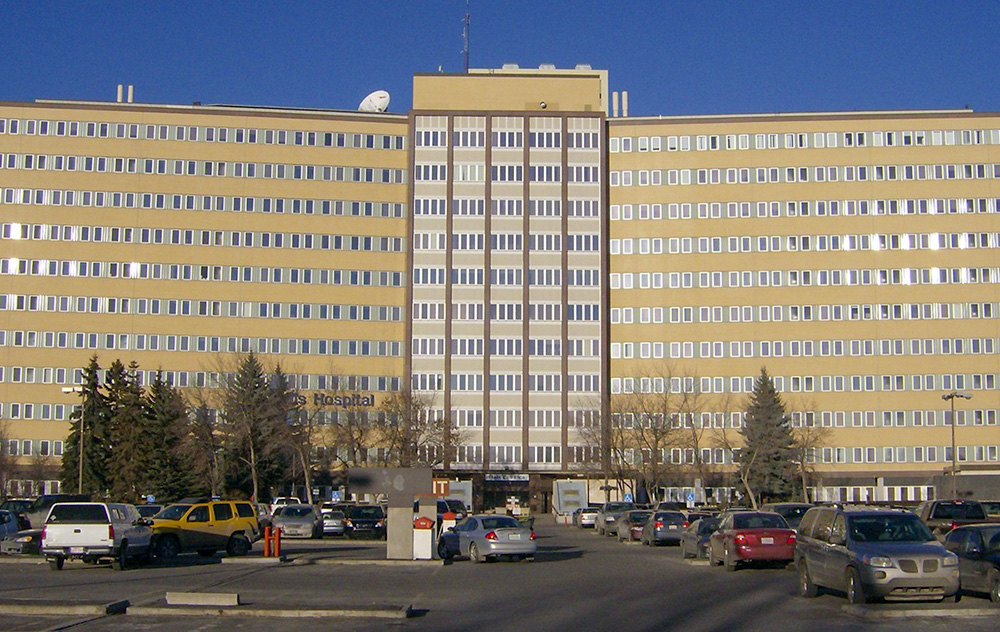





































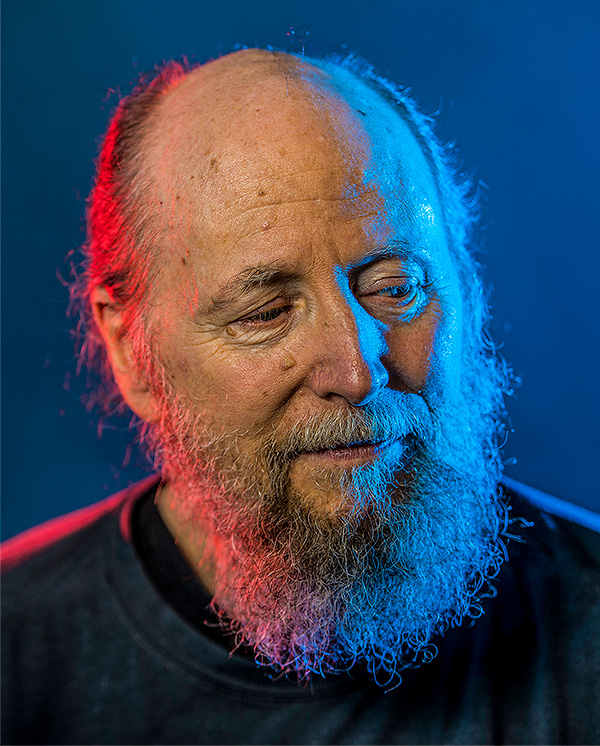






















































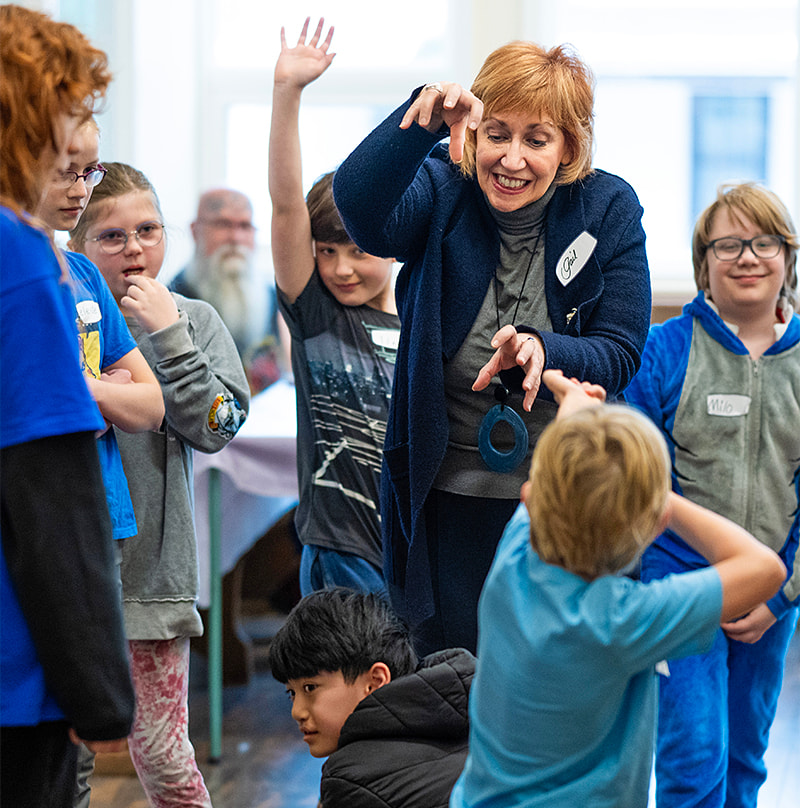








































































































































































































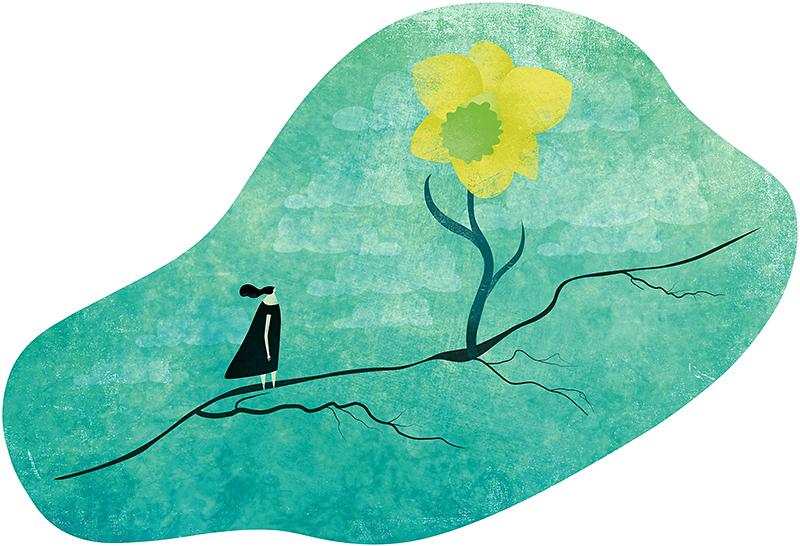






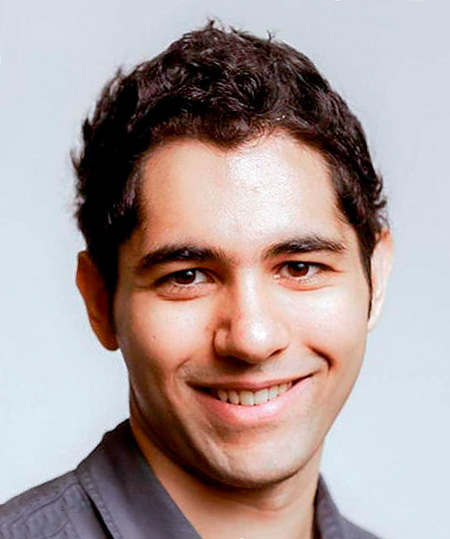













































































We at New Trail welcome your comments. Robust debate and criticism are encouraged, provided it is respectful. We reserve the right to reject comments, images or links that attack ethnicity, nationality, religion, gender or sexual orientation; that include offensive language, threats, spam; are fraudulent or defamatory; infringe on copyright or trademarks; and that just generally aren’t very nice. Discussion is monitored and violation of these guidelines will result in comments being disabled.